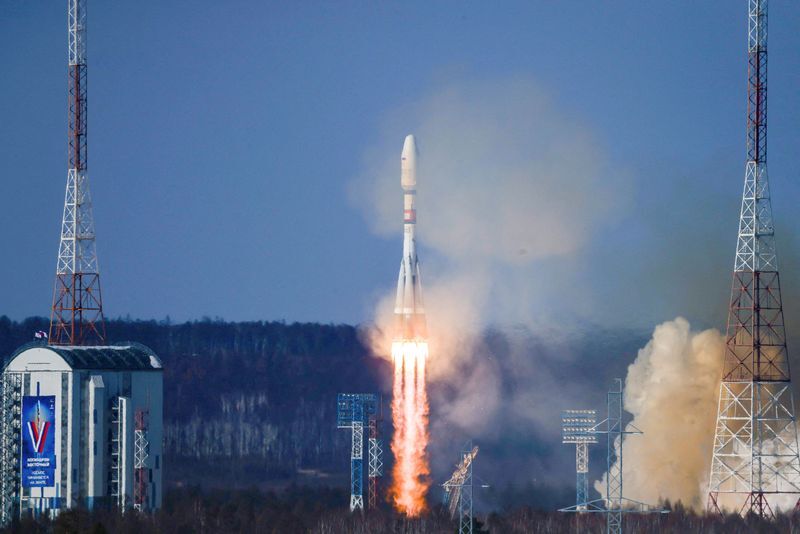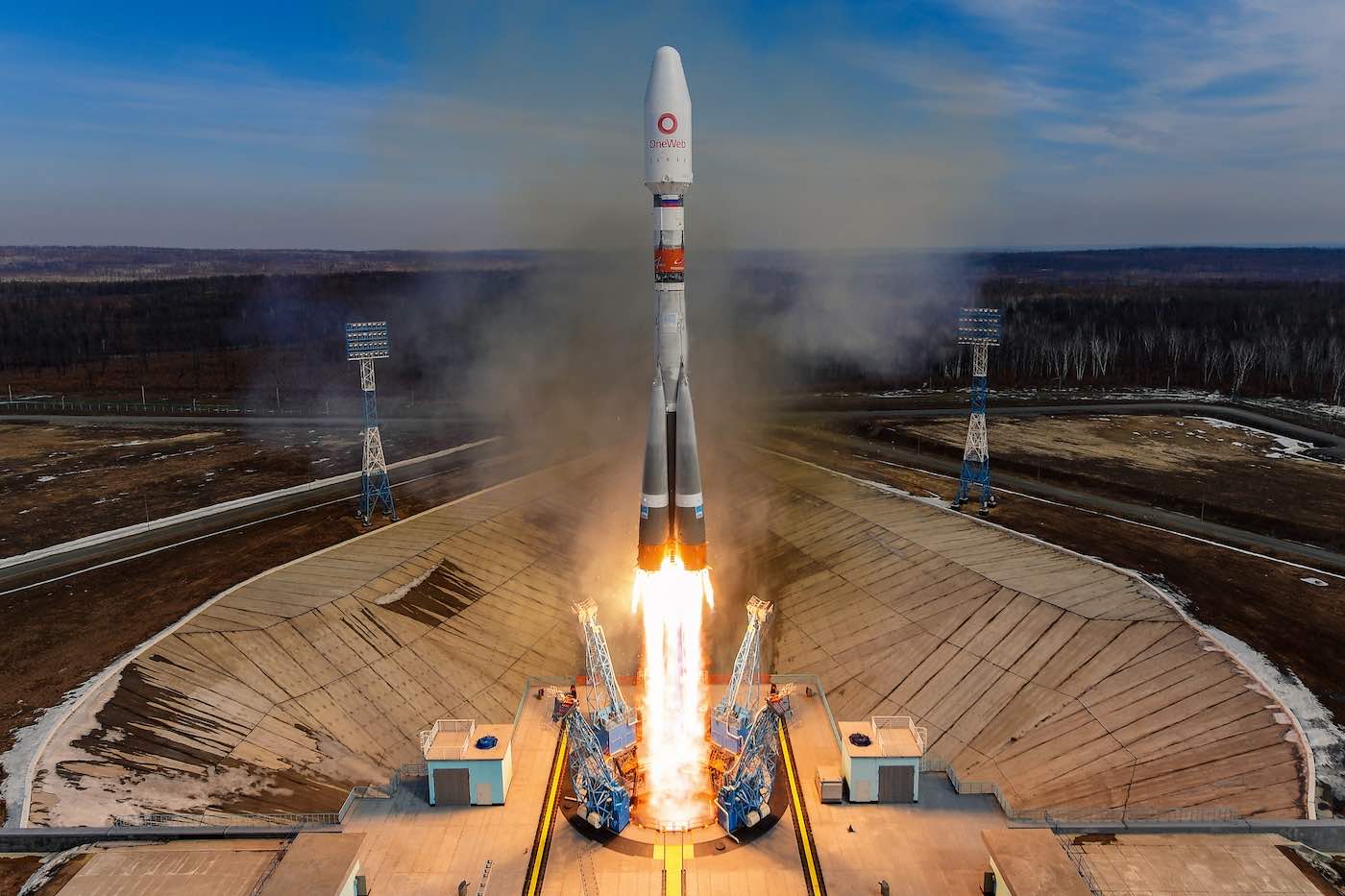On Tuesday, Russia successfully launched a Soyuz rocket from the Vostochny Cosmodrome, carrying two key satellites focused on monitoring space weather, along with a total of 53 smaller satellites.
The mission, conducted by Russia’s Roscosmos space agency, included the deployment of the Ionosfera-M satellites, which are designed to enhance the understanding of the Earth’s ionosphere—a critical layer of the atmosphere situated between 50 to 400 miles above the planet.
The two Ionosfera-M satellites, each weighing approximately 430 kg (948 lb), will orbit the Earth at an altitude of 820 km (510 miles). These satellites are intended to contribute to a broader space monitoring system, with a total of four Ionosfera-M satellites planned, the final two set for launch in 2025.
This initiative aims to improve data collection regarding the ionosphere’s behavior, which can significantly affect communication and navigation systems on Earth.

Launch of Soyuz Rocket Advances Space Weather Monitoring with New Satellites
In addition to the Ionosfera-M satellites, the launch included 53 small satellites, among which are two Iranian satellites: Kowsar and Hodhod. The Kowsar satellite is designed for high-resolution imaging, while Hodhod functions as a communications satellite.
Also included in the payload is the first Russian-Chinese collaborative satellite, Druzhba ATURK, developed by students from both nations, reflecting growing international cooperation in space technology.
This launch follows a previous mission in February, during which Russia sent an Iranian research satellite into orbit to capture topographical images of Iran. These satellite missions highlight Russia’s active role in space exploration and its partnerships with countries like Iran and China, showcasing the increasing collaboration in satellite technology and monitoring capabilities across national borders.











































